No one will say when exactly the first kettle appeared. Since that time, the popularity of this kitchen device has greatly increased. Kettles are different in shape, volume, purpose, and, of course, they are created from different materials. Clay models stand out among the entire assortment. Amazing products are created from this special material, which can turn any tea party into a real tea ceremony.
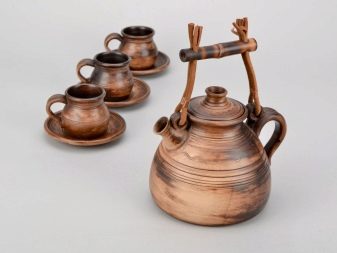
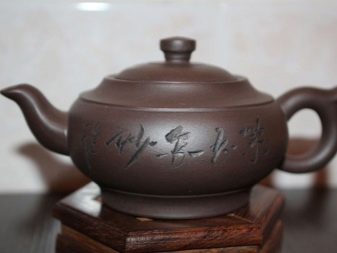
Types of clay
The first clay teapots began to be made in China. For production, only Yixing clay was used, whose properties allow for a longer time to maintain the fresh taste of tea. Even now, these teapots are popular all over the world and have no equivalent analogues.
Red clay makes worthy competition for Ishina. This material retains heat well and allows air to pass through, allowing the gulls to “breathe” and fully open.
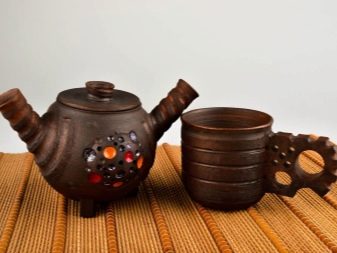
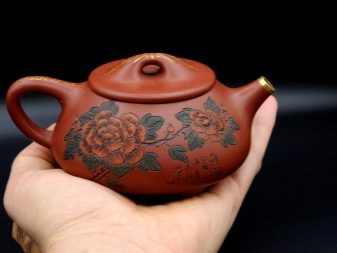
Clay teapots considered the most useful because they do not allow gulls to secrete toxins.
Now Yixing clay has become a popular brand that is used everywhere. Therefore, the teapot may not be Chinese, and the material used for it is different, but it is still called Ishinsky. In such cases, the craftsmen take the old technology as a basis and repeat the design of famous dummies.
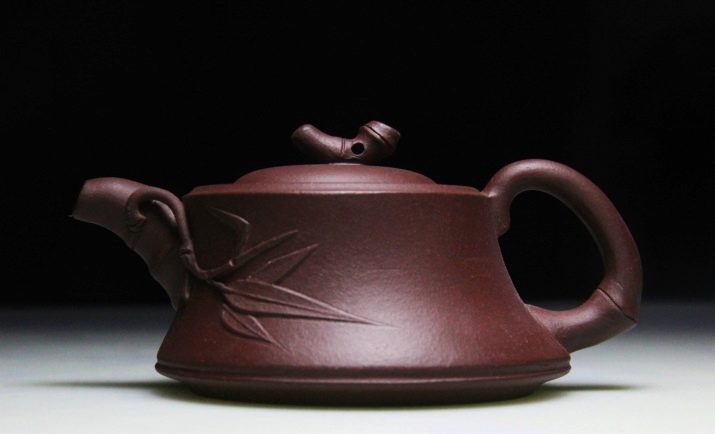
Benefits
Why are clay teapots so popular? Let's see what their secrets and advantages are.
- The walls of clay teapots have a porous structure, which allows tea leaf oils to be absorbed into the material and form a special film with a unique aroma.Over time, the substances accumulated by the kettle begin to act on the tea, making its taste more saturated and refined. Therefore, even if the device is later used to boil water, the taste of tea will still be felt.
- Each teapot made of yixing clay or any other variety of this natural material is original and unique. Pottery masters work on each model, who put a special history and secret meaning into their creations.
- Clay is a natural material. During the preparation of the composition for further work, the addition of artificial components is excluded. The composition of the clay should be verified by the manufacturer and kept under control by state authorities.
- A manufacturer who cares about his reputation does not allow himself to make low-quality teapots. Many masters put special stigmas on their creations that are difficult to fake. According to these marks, it is easy to distinguish a high-quality device from a low-grade fake.
- The clay teapot is easy to care for. After use, it must be washed without using special tools and dried.
- Clay, unlike other materials, interacts with tea, fully reveals its taste and makes the aroma exquisite. There are no analogues to this material.
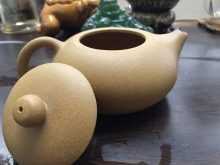
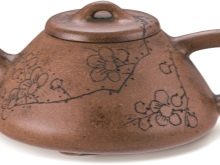
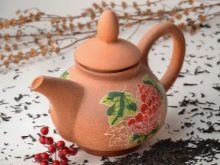
Subtleties of choice
Choosing a teapot is not an easy task, especially when it comes to clay products. To choose the perfect teapot, you have to spend time, review many options and show maximum care. A kettle that you like will become a decoration in the kitchen and will make each tea party a pleasant, relaxing process.
A hastily chosen model will simply gather dust on a shelf without bringing aesthetic and moral pleasure.
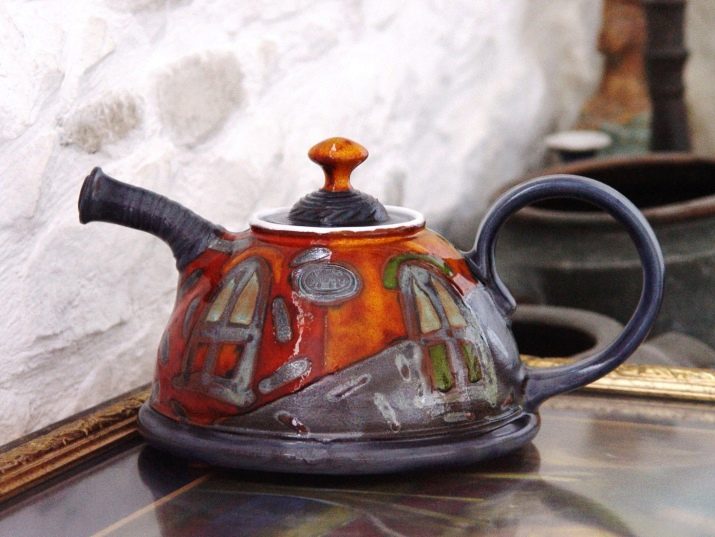
To choose the right clay teapot, you will need to follow a number of important tips.
- You should like the design and shape of the teapot, and its size - meet the requirements and norms of tea consumption. It makes no sense to buy a small item for a large family. But a large kettle is also not needed for one person. The Chinese believe that the brewed drink should not stand for more than a day. After that, it harms a person.
- The object of interest must be picked up in order to evaluate its proportions. The handle should not be too thin or thick. The central parts of the handle and nose in the correct device are located in one vertical plane. The front area of the teapot (where the nose is) is made shorter than the rear with a handle.
- Clay teapots in most cases are available with one handle, and more is not necessary, because this design is the most convenient. When buying a device, you need to take it in hand so that the handle is convenient to use.
- A sufficient height of the lid will allow it to hold in place while tilting the kettle. In most cases, lids with a pattern and thread have a more recessed shape than simple options.
- In the right device for brewing tea, the lid fits snugly against the teapot along the entire length of its circumference. In this case, the tea will be better brewed, the temperature inside will be kept longer and the operation of the kettle will be pleasant. To check the tightness of the lid, you need to shake the device and twist it. In the first case, no sounds should occur, and when scrolling the kettle, the sound should be even, without rattling.
- Detailed attention should be paid to the upper border of the device. There can be no chips, gaps and other shortcomings. The thickness along the entire length of the hem should not change, as well as the color of the material.
- The strainer, which is located inside the device, can be located outside or inside the neck. The first option is more successful, because the tea leaves will not clog the teapot and prevent the fragrant drink from getting into the cup. To brew small tea, you must choose a device with the appropriate strainer.The size of the holes should be smaller than the teas.
- It is impossible to focus on the cost, since the prices of clay teapots are completely biased. An expensive model can be an uncomfortable and completely useless item. The kettle will be several times cheaper in all respects than its dear fellow. Therefore, it is necessary to focus only on external characteristics and your own feelings.
- To check the quality of the device, you need to pour water into it. When fully filled, water must not pour through the nozzle and through the lid. When tilted, the water should pour out in an even trickle, without splashing and interruption.
- If you put the device upside down, then it should stand steady on the table, not stagger and do not roll over.
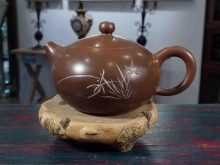
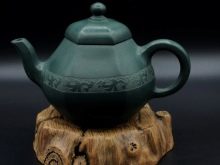
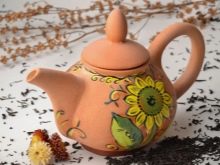
It is not easy to choose a good teapot; it must be perfect in every way. Any deviations in the form will ruin the drink.
Varieties
It is impossible to describe all the existing types of clay teapots, because there are a lot of them and the classification is based on a variety of features. For example, the shape of the device for brewing a fragrant drink can be round, square and ribbed.
Design options are unlimited. Chinese characters and ornaments are especially popular. Also, elements of modeling, rhinestones, even precious metals and stones can be used as decor.
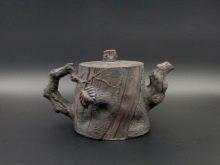
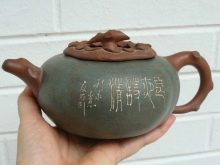
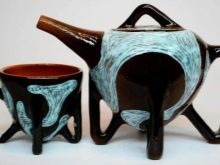
Painted options look especially chic. Models without any decorations and inscriptions are also popular.
Clay devices for brewing tea are made not only in China. Japanese models are also of excellent quality, therefore, are highly valued in the world.. A lot of countries are engaged in the production of clay teapots, but the best are created in China by eminent masters.
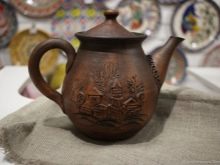
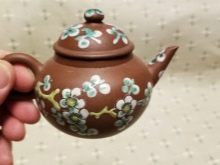
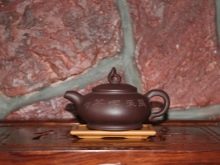
Features of use
It’s not enough to choose a quality clay teapot. It must be used correctly. Only in this case it will be of maximum benefit. So, you became the proud owner of a new clay teapot. We will tell you what to do next.
On the "virgin" device may be sand. This is a normal occurrence. You just need to blow it off or rinse off. In any case, the new kettle will have to be washed. Here you can use detergents and it is even permissible to take a soft brush. In the future, to clean the device after use, it is permissible to use only water.
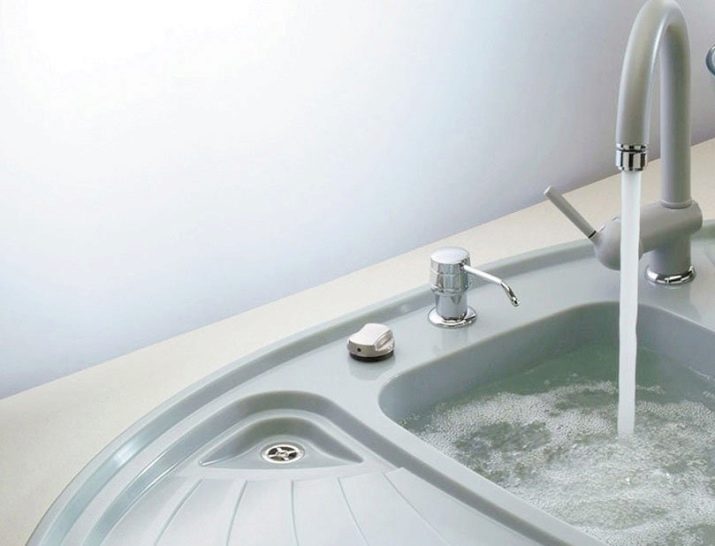
- Some experts suggest boiling the kettle on the slowest fire for 40 minutes. In the process of boiling, you can add salt or soda. This procedure will remove the taste and smell of clay. Doing it or not is up to you. The kettle should cool slowly, it should not be doused with cold water, as it may burst or become cracked.
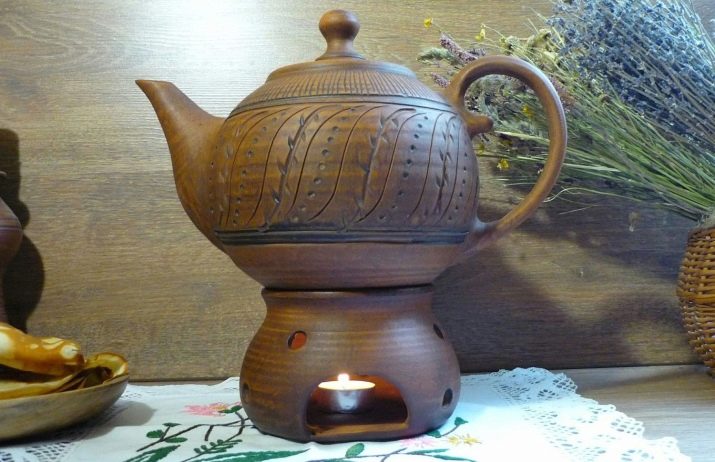
- The device is again placed in water and brought to a boil over low heat. Any tea leaves are added, even the simplest and cheapest (3-4 tablespoons), and the kettle simmers for about 40 minutes.
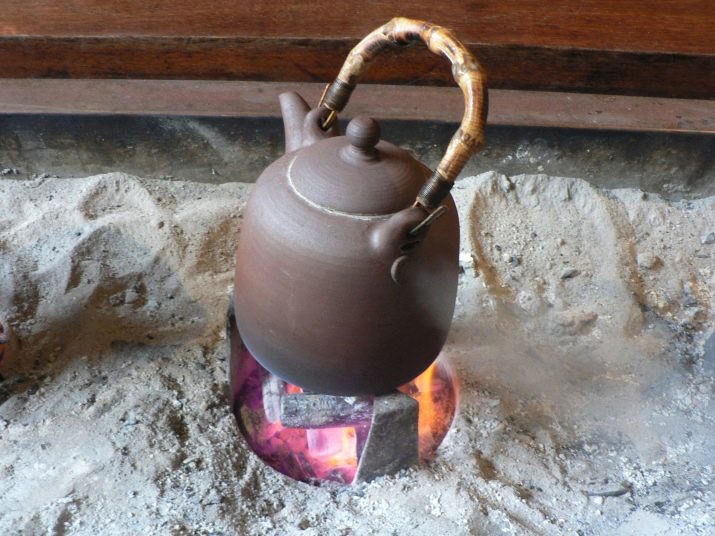
After the second boiling, the teapots are taken out and laid out on a towel. He should "rest" for an hour.
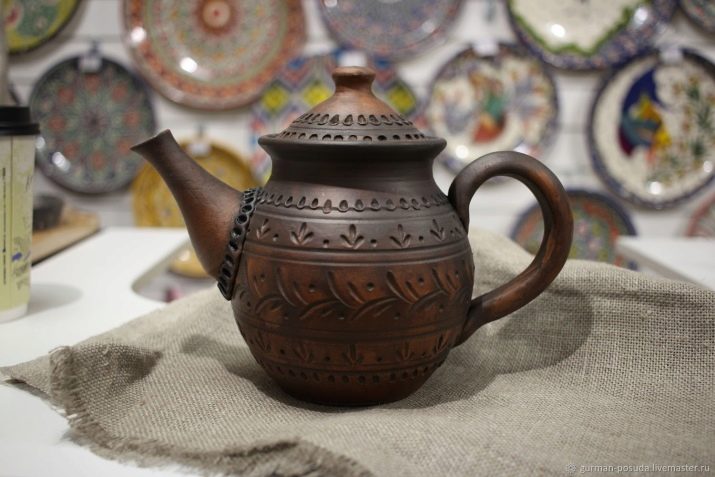
In this way, the kettle is brought up and prepared before the first brewing.
See how to choose a clay teapot.









